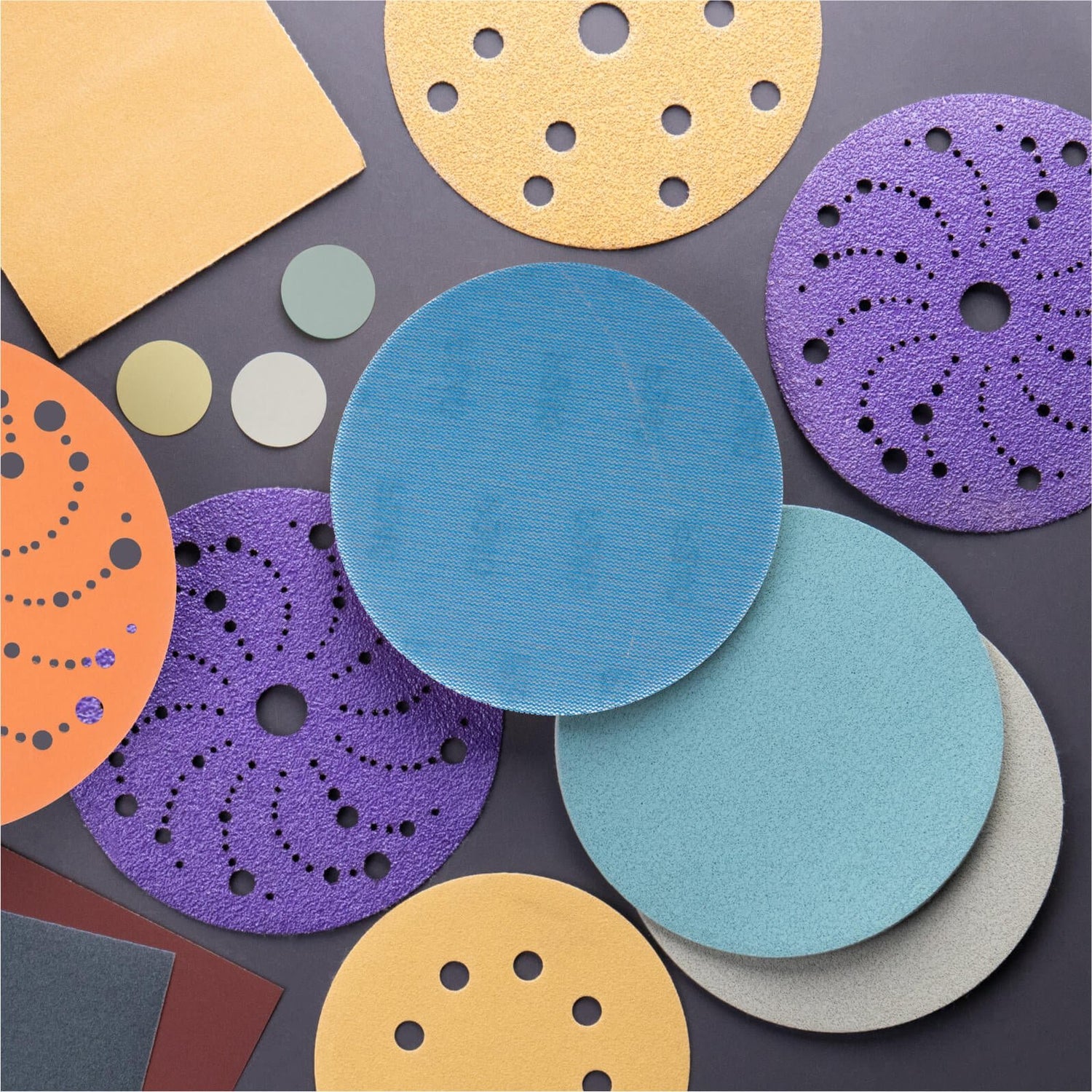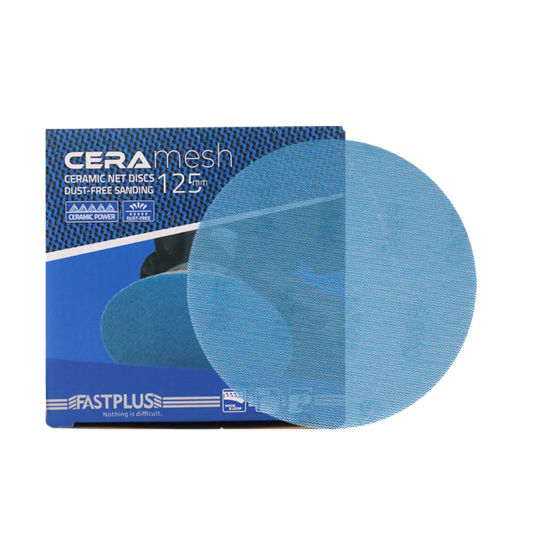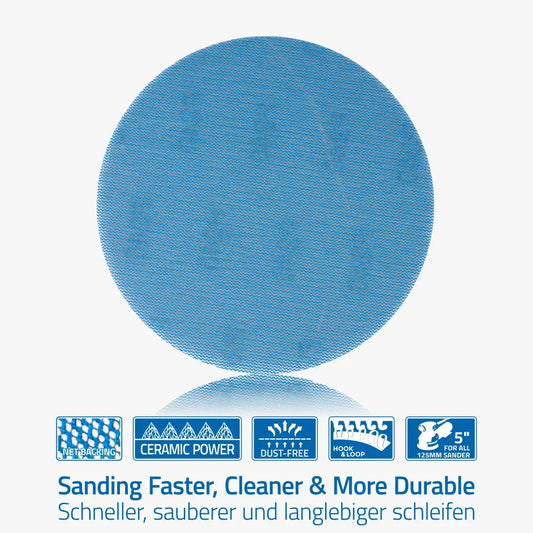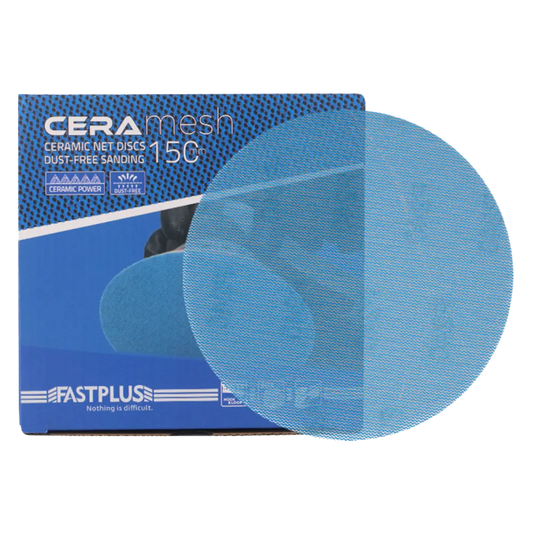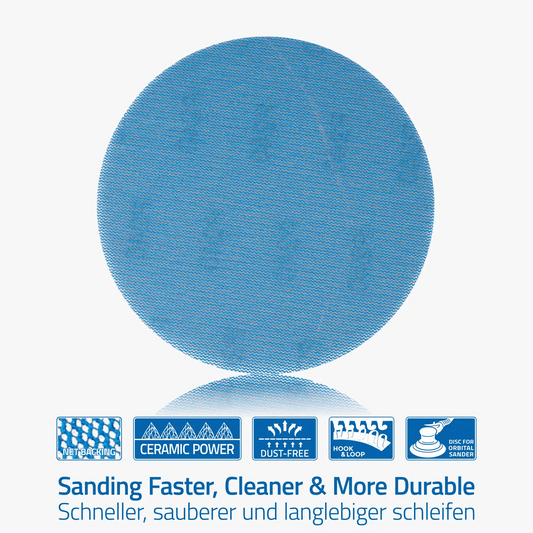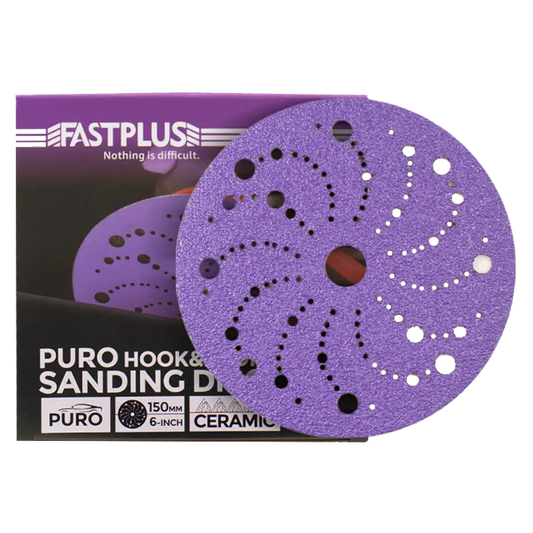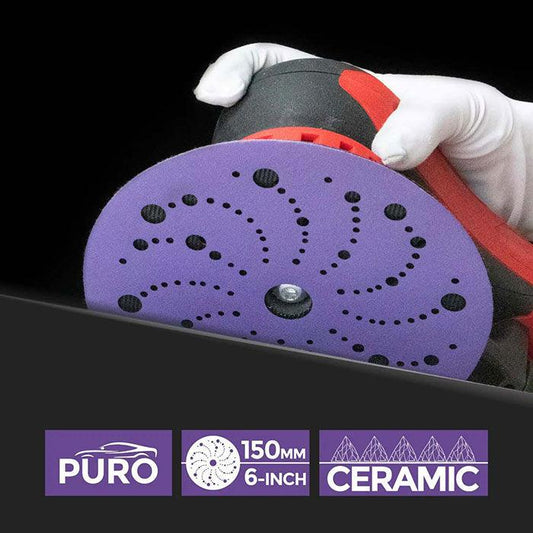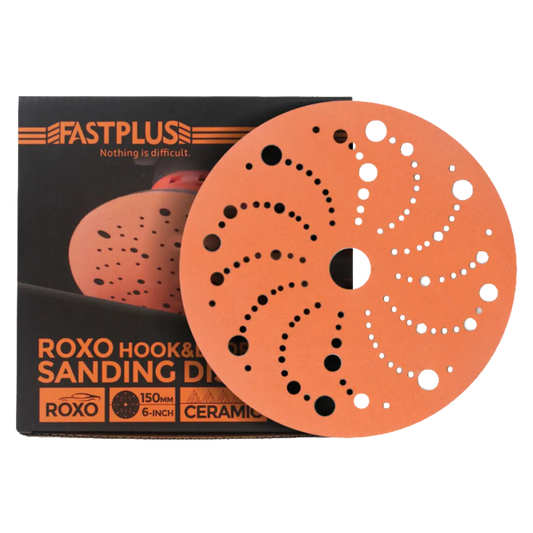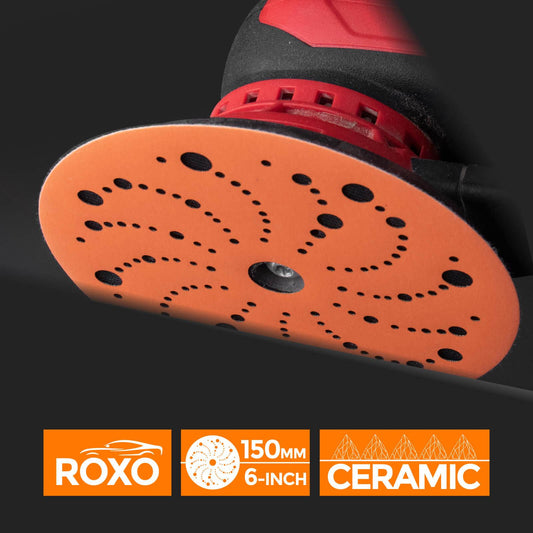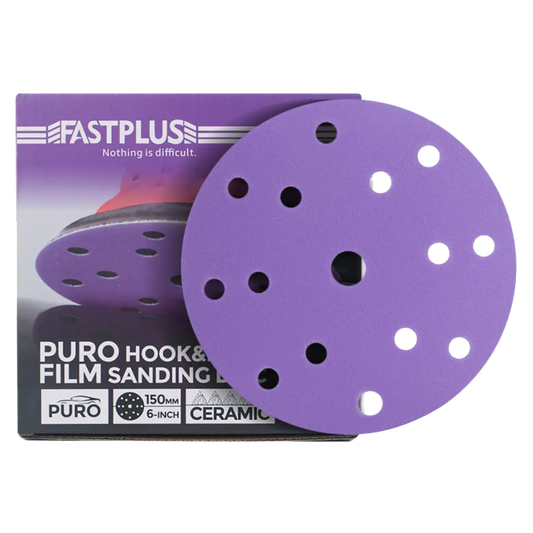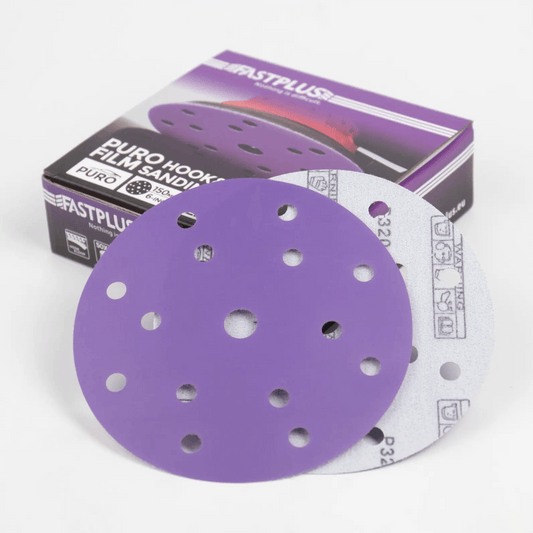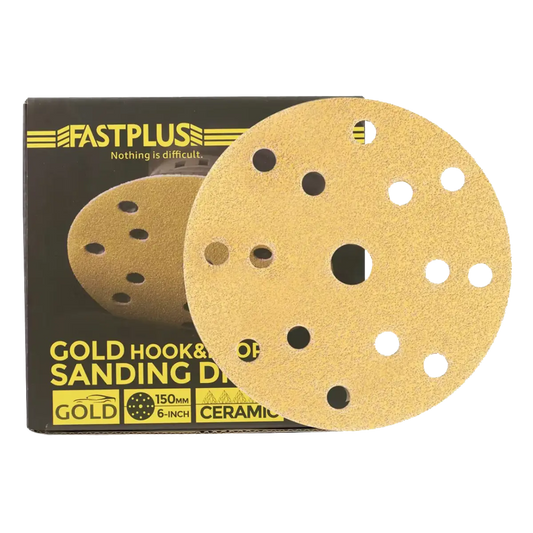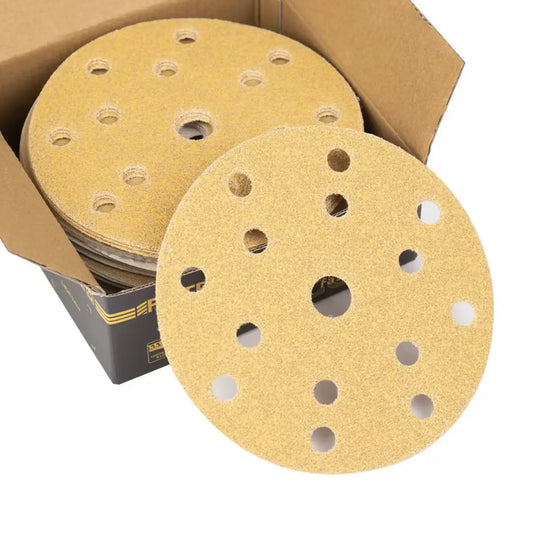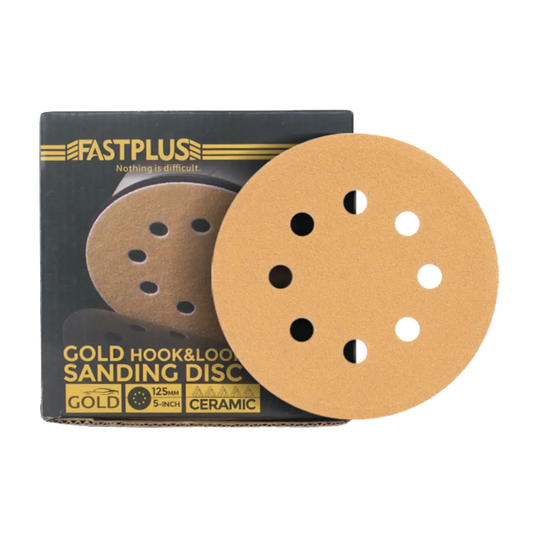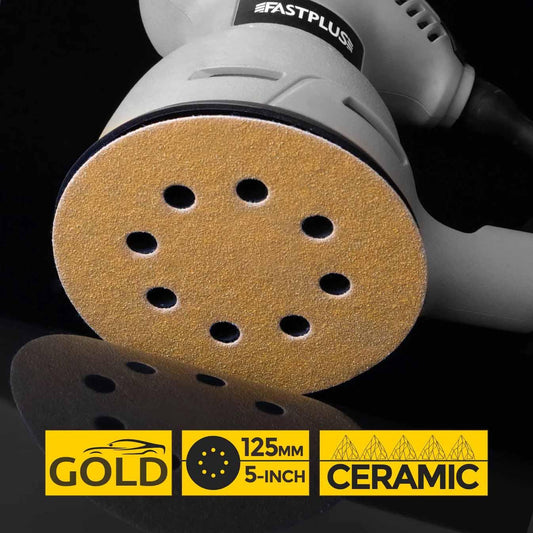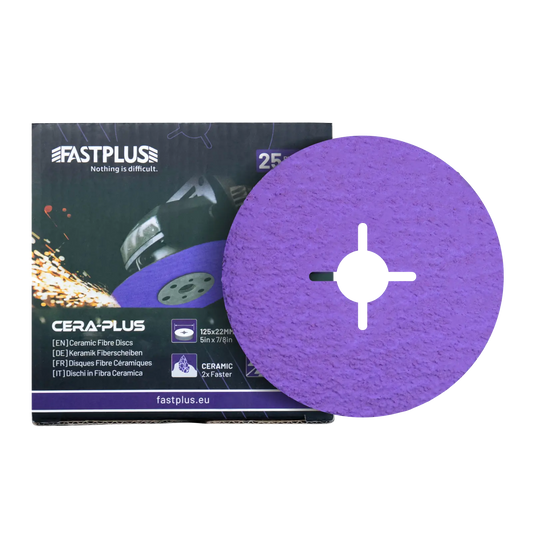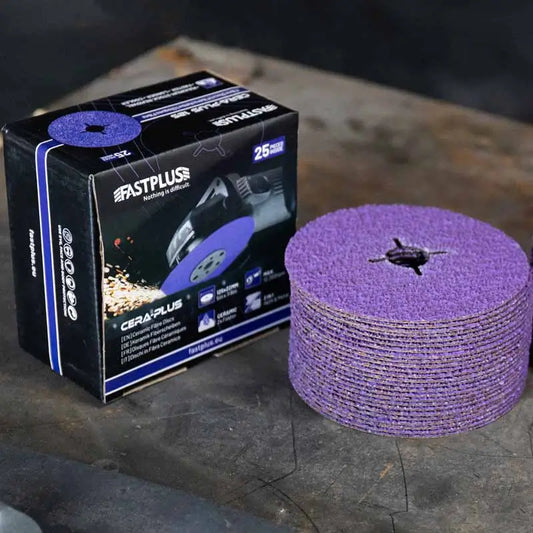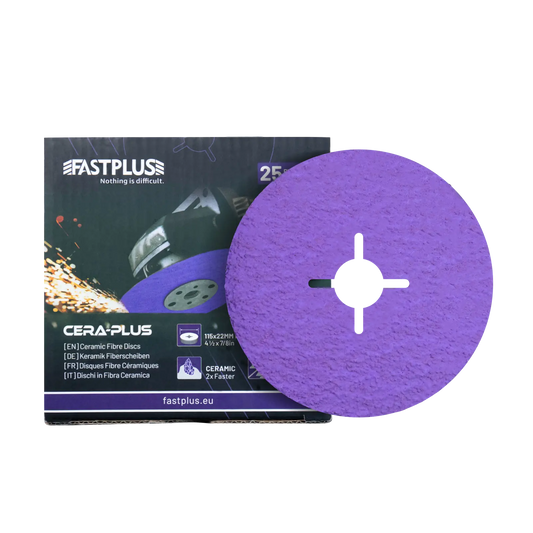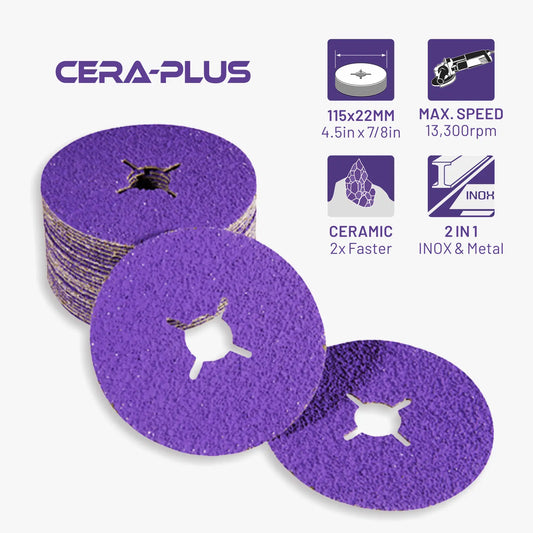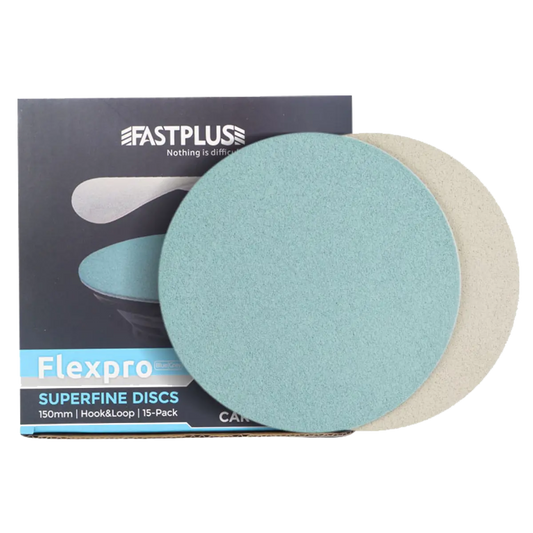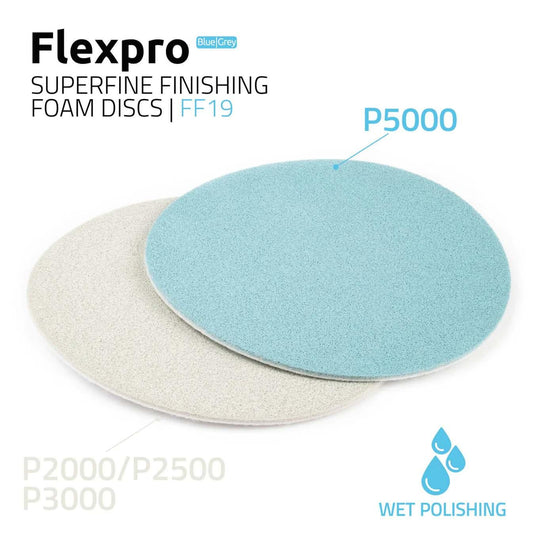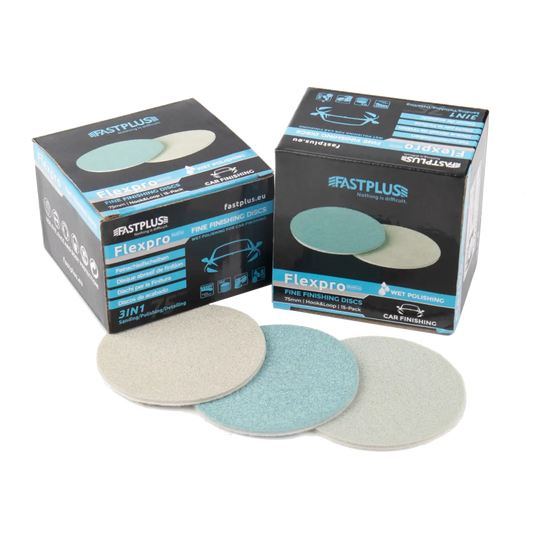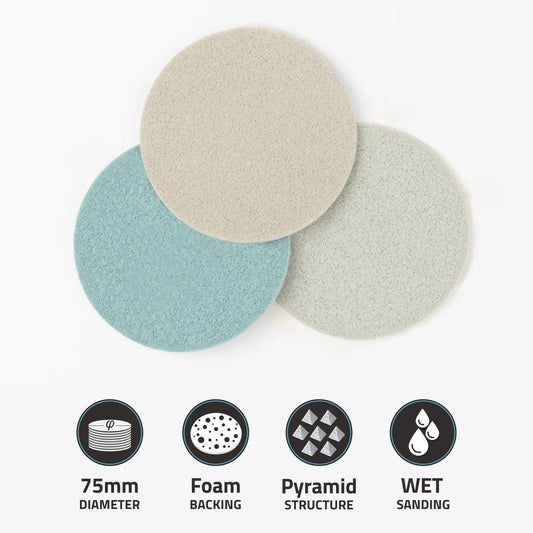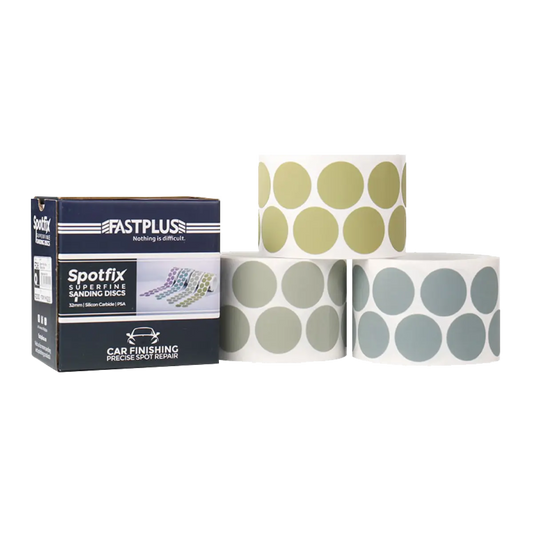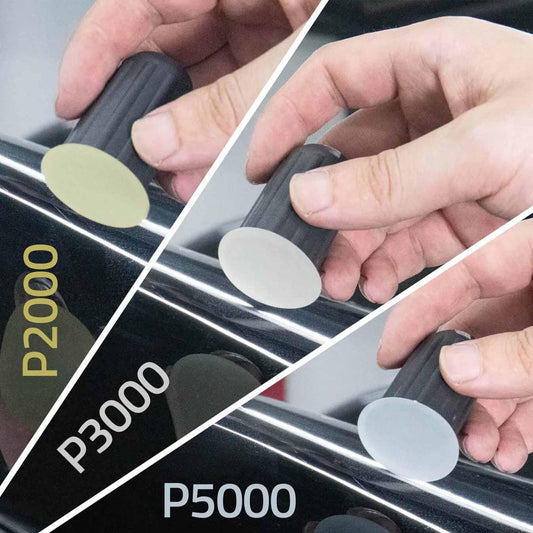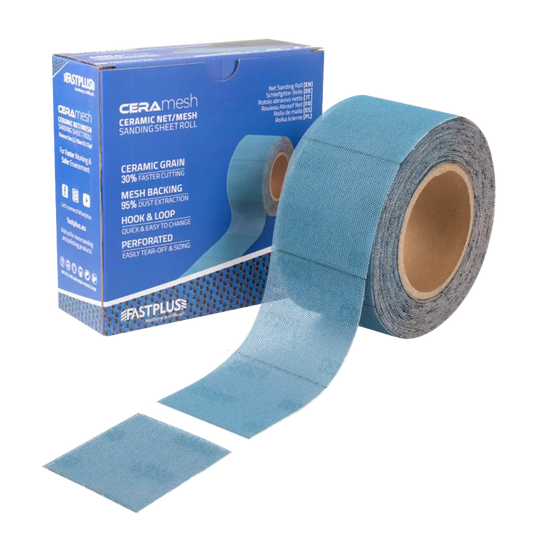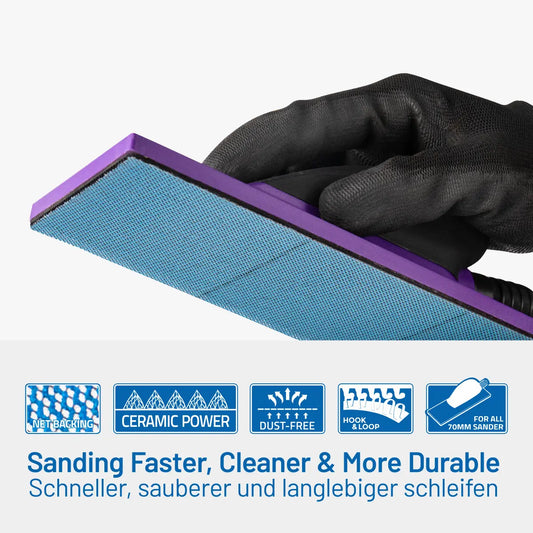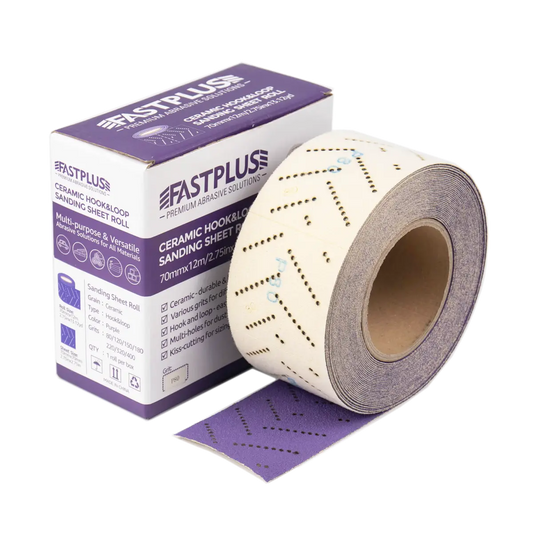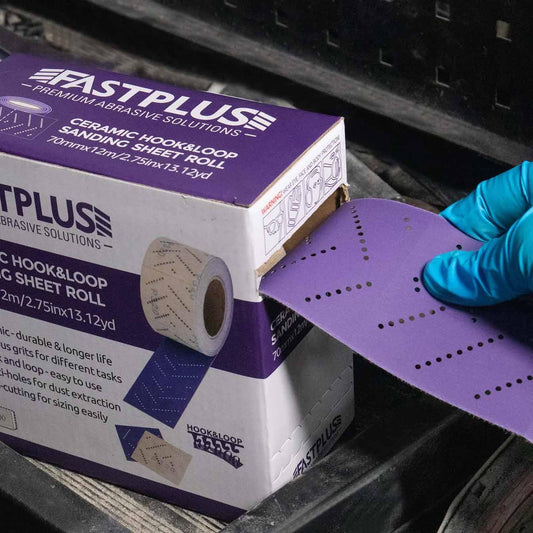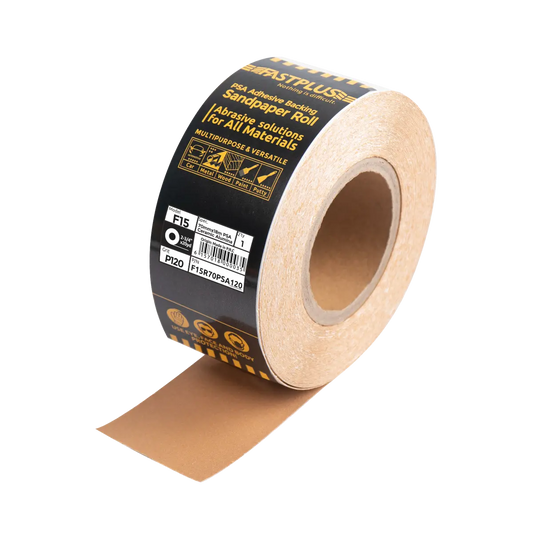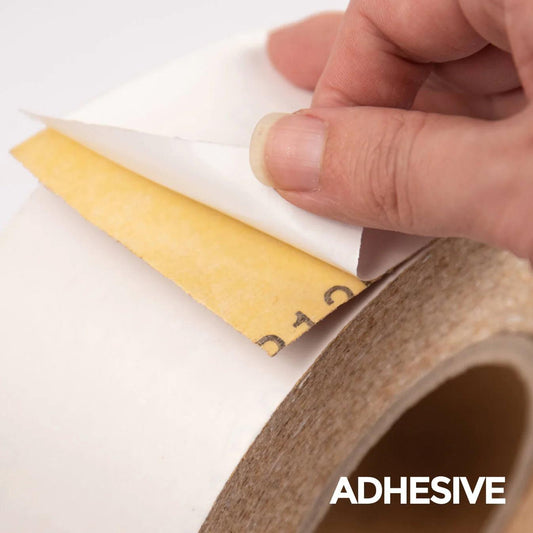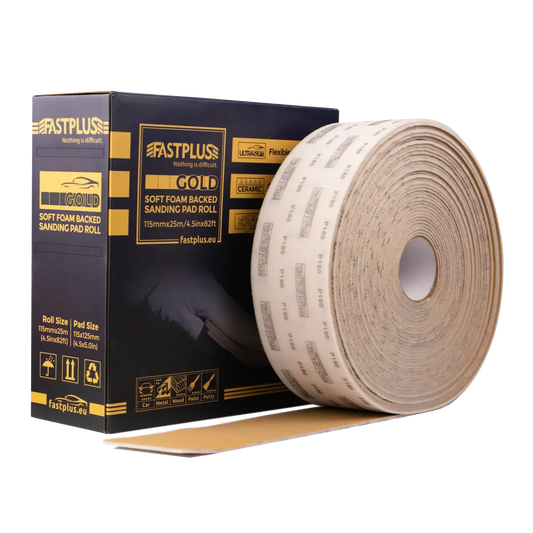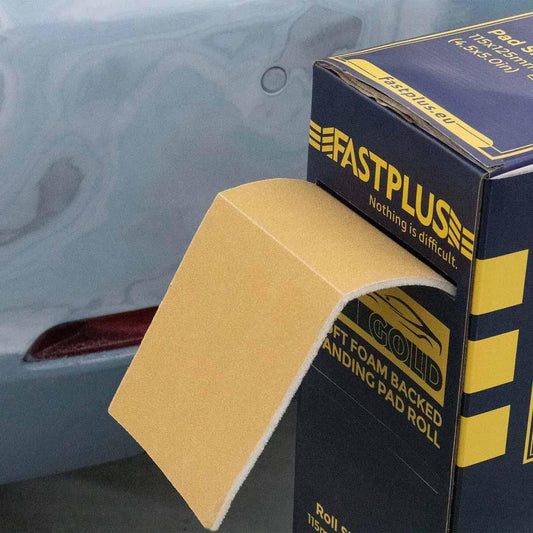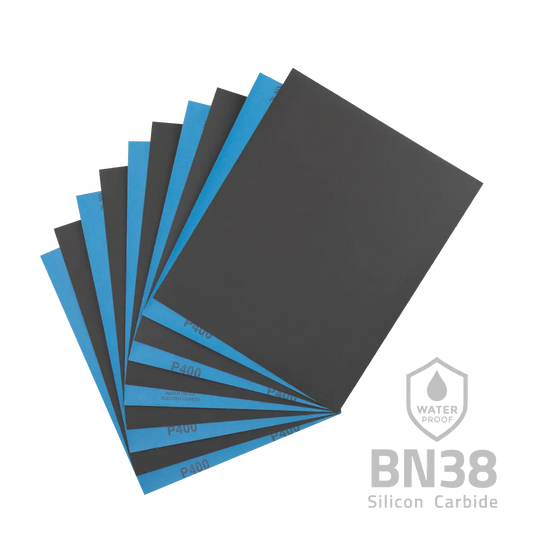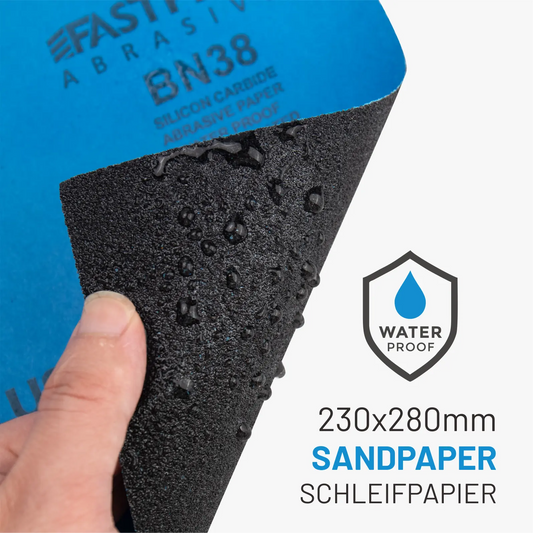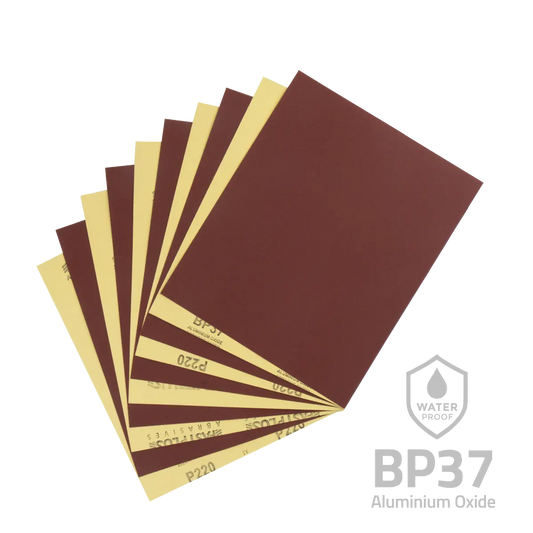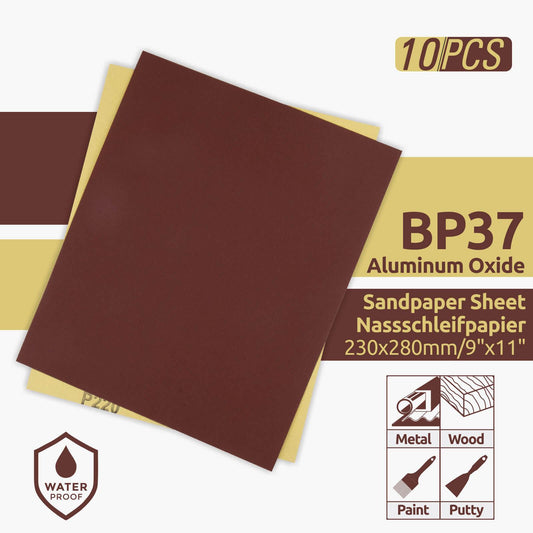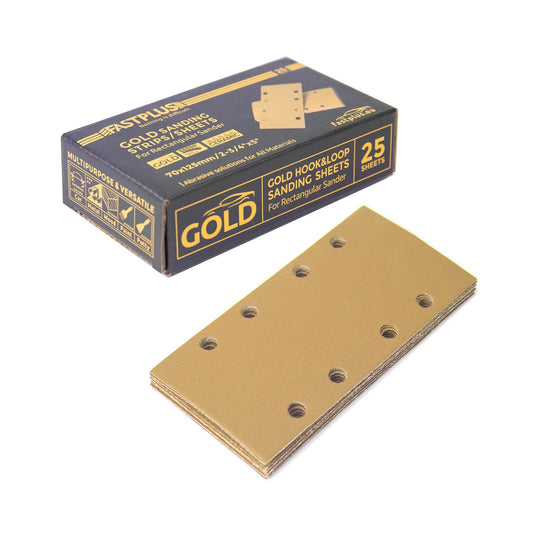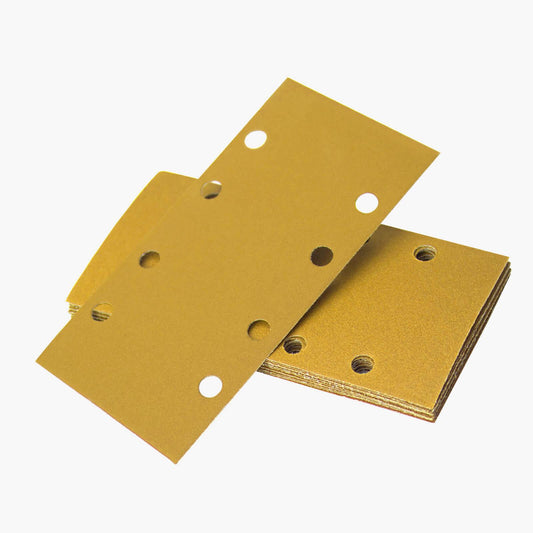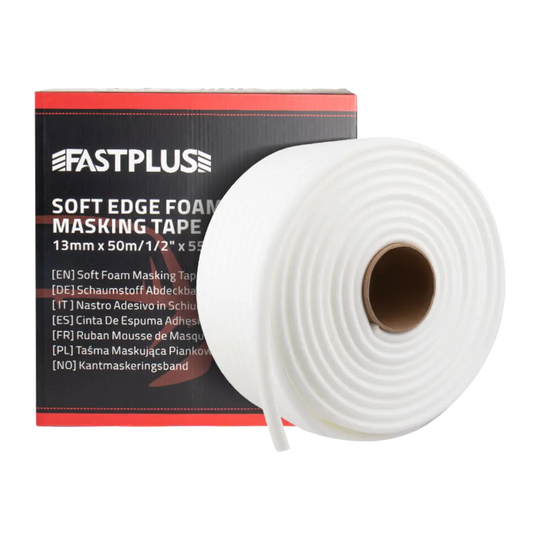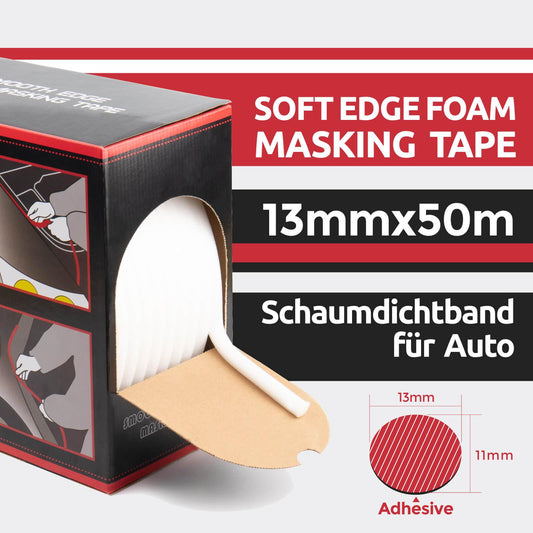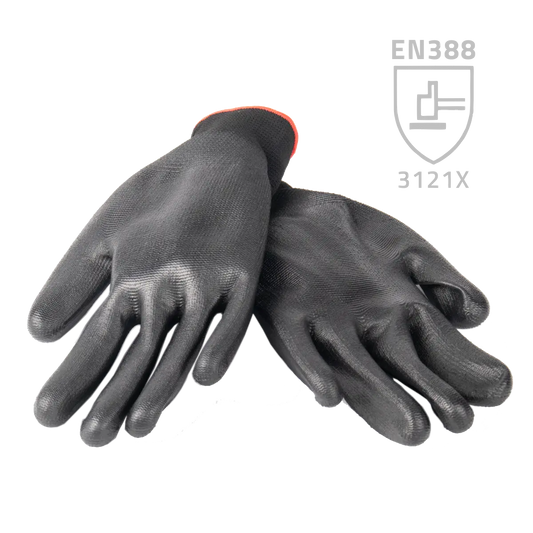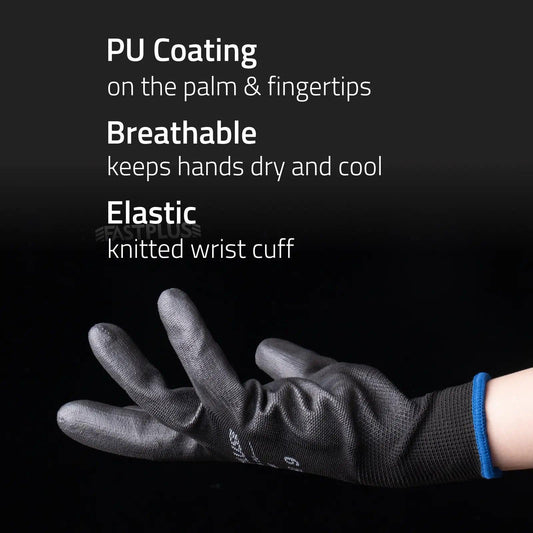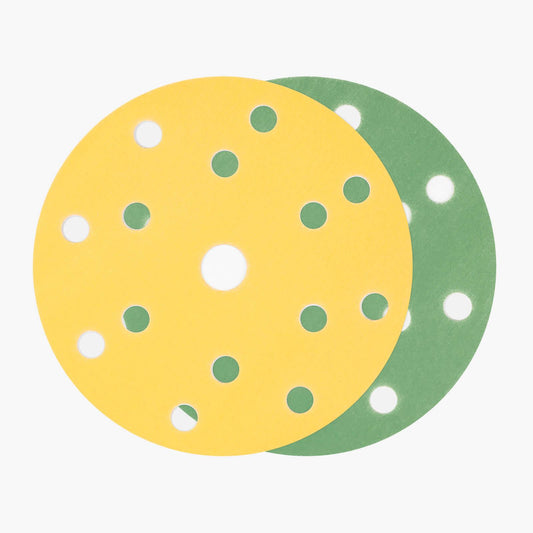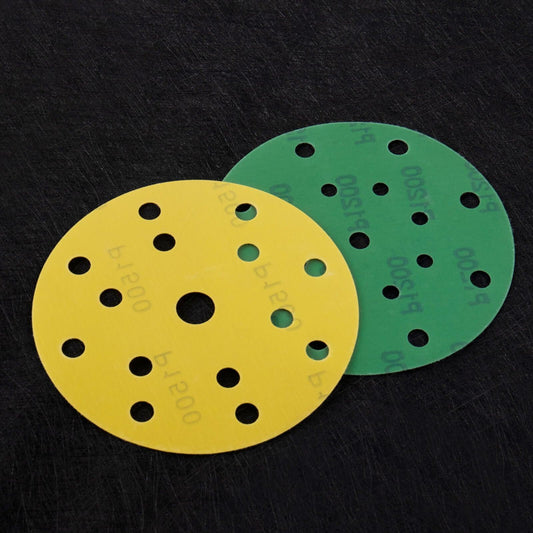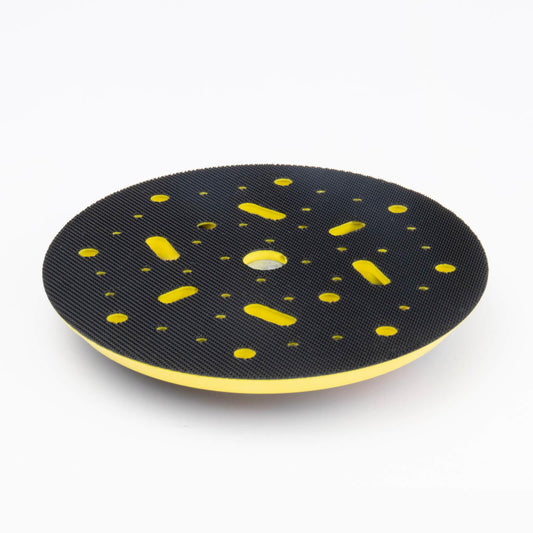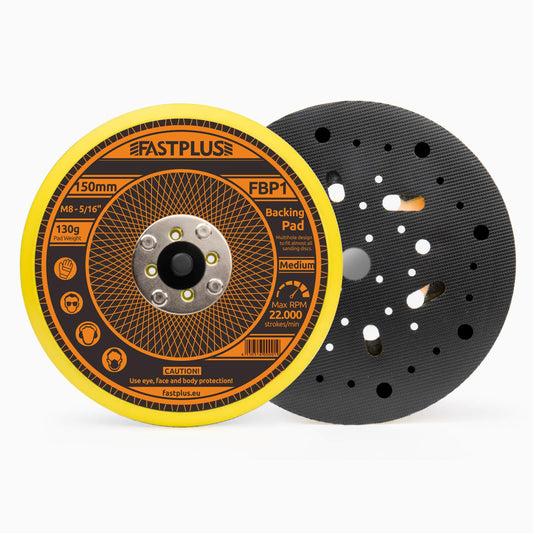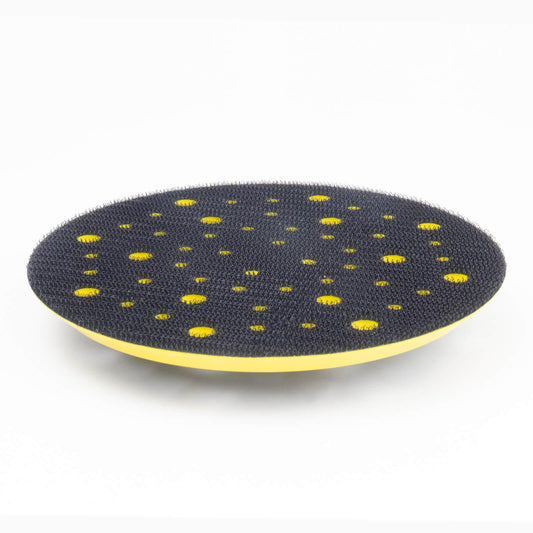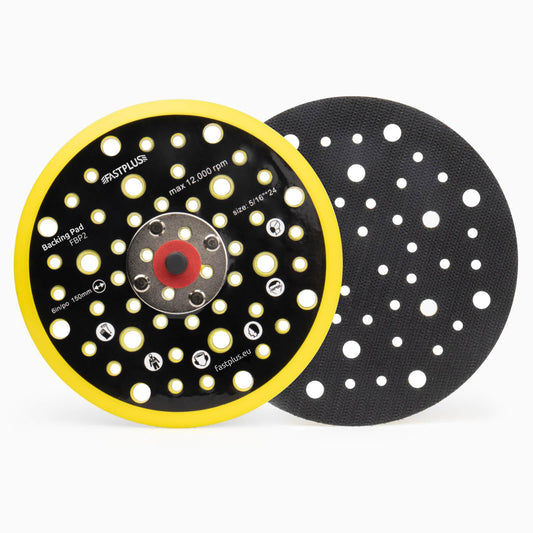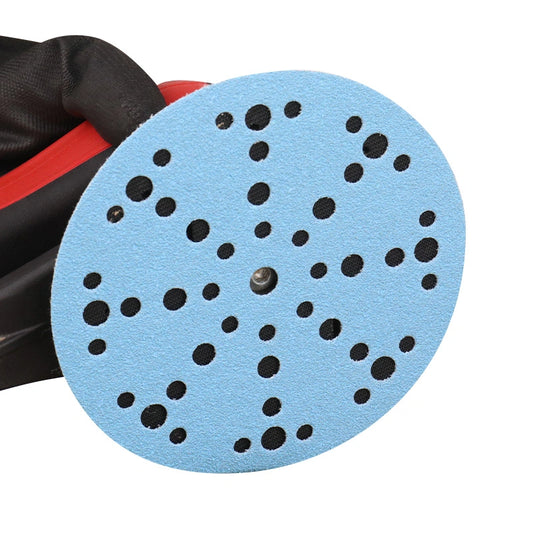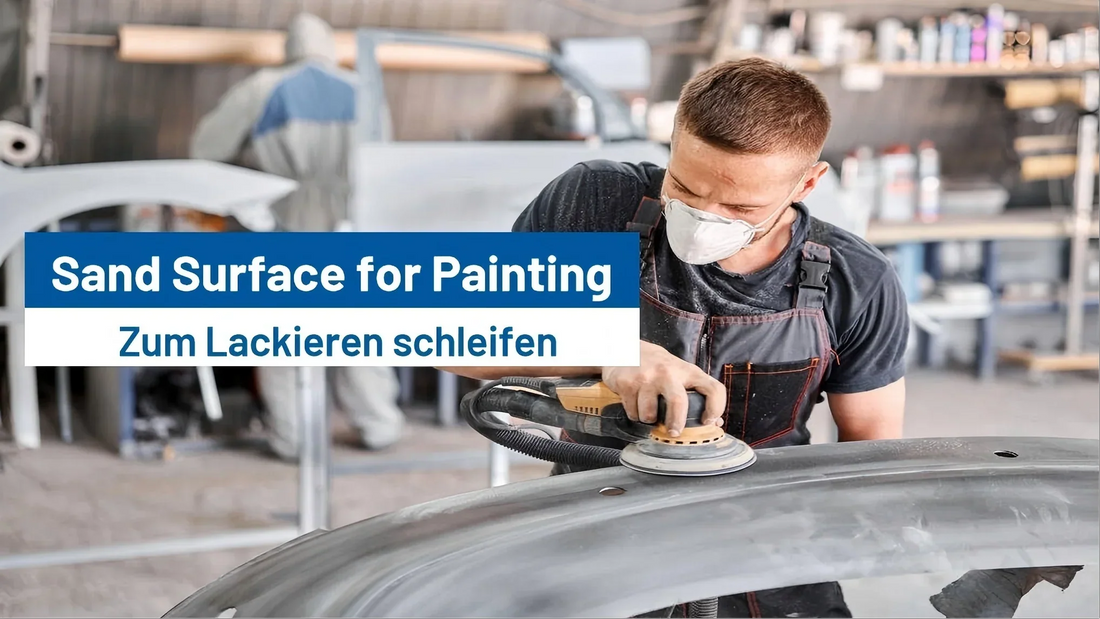
How To Properly Sand Surfaces Before Painting
Preparing a surface before painting is one of the most important steps in achieving a smooth, durable, and professional-looking finish. Whether you are refinishing furniture, painting walls, working on cabinetry, or restoring a vehicle, sanding ensures that the surface is clean, even, and ready to hold paint. Skipping or rushing this step often results in peeling, uneven texture, or paint that simply does not last.

In this guide, we will cover everything you need to know about sanding surfaces for painting—from choosing the right sandpaper to proper techniques for wood, metal, drywall, car, and other materials.
Why Sanding Matters Before Painting
Sanding serves several key purposes:
- Smooths Imperfections: Scratches, dents, and uneven textures become less visible after sanding.
- Removes Old Finishes: Glossy paint, varnish, or rough coatings are removed to expose a paint-ready surface.
- Improves Adhesion: Paint bonds best to slightly roughened surfaces; sanding provides the necessary “tooth.”
- Levels Repairs: Patches, fillers, or caulk blend seamlessly with the surrounding area after sanding.
Skipping sanding may save time in the short run, but the paint will likely peel, bubble, or show flaws sooner.
Tools and Materials for Sanding
Before starting, gather the right tools:
- Sandpaper sheets: Available in different grits, from coarse (40–60) to fine (220–400).
- Sanding rolls: Flexible and cut-to-size for different tasks. A good example is the PSA Sanding Roll, which is easy to handle for wood and general surface prep.
- Sanding blocks or pads: Provide even pressure and control.
- Orbital or palm sander: Speeds up sanding for large, flat surfaces.
- Detail sanders: Useful for edges, corners, and intricate shapes.
- Dust masks or respirators: Protect against inhaling sanding dust.
- Vacuum or tack cloths: Essential for cleaning dust before painting.
Understanding Sandpaper Grits
Choosing the right grit is crucial:
- 40–60 grit (coarse): Removes heavy material quickly, useful for stripping paint or varnish.
- 80–120 grit (medium): Levels surfaces and prepares bare wood or metal for primer.
- 150–180 grit (fine): Smooths surfaces before the first coat of paint.
- 220–320 grit (extra fine): Ideal for sanding between coats or for delicate surfaces.
- 400+ grit (ultra fine): Used mainly in automotive painting or for polishing finishes.
Step-By-Step: How to Sand Wood for Painting

Wood is one of the most common materials people paint, whether for furniture, trim, or cabinets. Here’s how to sand it properly:
- Remove Hardware and Clean: Take off knobs, hinges, or handles. Wipe the wood clean of grease and dust.
- Strip Old Finish if Necessary: If the wood has thick varnish or paint, start with 60–80 grit to remove it.
- Sand With the Grain: Always sand in the direction of the wood grain to avoid scratches.
- Progress Through Grits: Start coarse, then move to 120–150 grit for leveling, and finish with 180–220 grit.
- Smooth Edges and Corners: Use sanding sponges or folded sandpaper for details.
- Clean Thoroughly: Vacuum and wipe with a tack cloth before priming.
For stained or glossy wood, sanding is essential to dull the finish and help paint adhere.
Step-By-Step: How to Sand Drywall for Painting
Drywall sanding requires care to avoid gouges or excessive dust.
- Check for Imperfections: Use a work light at an angle to spot ridges or bumps.
- Use Fine Grit (120–150): Coarse paper will damage drywall. Stick with medium-fine grits.
- Use a Pole Sander: This allows you to cover large areas without over-sanding.
- Feather the Edges: Blend patched areas smoothly into the surrounding wall.
- Minimize Dust: A Net Sanding Roll is excellent here because it resists clogging and reduces airborne dust.
- Inspect Again: Shine a light after sanding to make sure the wall is flawless.
Proper drywall sanding ensures smooth painted walls without visible seams.
Step-By-Step: How to Sand Metal for Painting
Painting metal requires removing oxidation, rust, or old coatings first.
- Clean Surface: Remove grease, oil, and dirt using a degreaser.
- Remove Rust: Use 80-grit sandpaper or a wire brush to eliminate corrosion.
- Smooth Surface: Move to 120–180 grit to refine the surface.
- Create Tooth: Lightly sand with 180–220 grit to provide a rough profile for primer.
- Polish if Necessary: For bare metal requiring a smooth finish, use 320 grit.
- Wipe Clean: Remove all dust and metal particles before priming.
Some metals benefit from self-etching primer, but sanding is still necessary for paint adhesion.
Step-By-Step: How to Sand Plastic for Painting
Plastic surfaces need delicate handling:
- Wash Thoroughly: Clean plastic with soap and water, then dry completely.
- Use Very Fine Grit: Stick to 220–400 grit to avoid deep scratches.
- Lightly Scuff: You only need to dull the surface, not remove material.
- Avoid Heat: Excessive friction can melt plastic. Sand gently and evenly.
- Clean Dust: Wipe with a microfiber cloth before applying a plastic primer.
Plastics must be scuffed slightly so primer and paint can bond.
Step-By-Step: How to Sand Car for Painting
When preparing a car for painting, sanding is one of the most important steps to ensure smooth adhesion and a flawless finish. Here’s a simple process:
- Wash and Dry the Surface – Clean the car thoroughly to remove dirt, grease, and contaminants.
- Remove Rust or Old Paint – Use coarse grit sandpaper or sanding discs to strip away peeling paint or rust spots.
- Start with Coarse Grit – Begin with 80–120 grit to level uneven areas.
- Progress to Finer Grits – Gradually move to 220–400 grit for smoothing before applying primer.
- Final Sand Before Painting – Use ultra-fine sanding discs (such as 600–800 grit) for the final touch before spraying primer or paint.
This step ensures that the car’s surface is free of imperfections and ready for a high-quality paint job.
Wet Sanding vs. Dry Sanding
Both methods have unique advantages:
- Dry Sanding: Faster, more convenient, and good for rough work. Creates more dust.
- Wet Sanding: Uses water as a lubricant, reducing dust and leaving a smoother finish.
For most wood, drywall, and basic home projects, dry sanding is sufficient. For fine finishing, especially with automotive paint, wet sanding is the go-to method.
Sanding Between Coats of Paint
For the smoothest result, sanding doesn’t stop after surface prep. It continues between coats.
- Wait Until Dry: Allow paint or primer to cure completely.
- Use Fine Grit (220–320): Lightly sand to knock down raised fibers or dust nibs.
- Sand Gently: The goal is to create an even surface, not strip the paint.
- Clean Carefully: Remove sanding dust before applying the next coat.
This extra step results in a flawless, professional finish.
Common Mistakes to Avoid When Sanding
- Skipping Grits: Jumping from coarse to very fine grit leaves scratches visible through paint.
- Over-Sanding: Sanding too aggressively can damage drywall, thin wood veneer, or deform surfaces.
- Ignoring Dust Removal: Even the best sanding job fails if dust is left behind under paint.
- Not Wearing Protection: Fine dust can be harmful to lungs and eyes.
- Sanding Against the Grain: On wood, this causes visible scratches after painting.
Avoiding these mistakes saves time and frustration later.
Safety Tips for Sanding
- Always wear a dust mask or respirator, especially when sanding old paint that might contain lead.
- Use safety goggles to protect your eyes from dust and debris.
- Work in a well-ventilated area or outdoors when possible.
- Attach a vacuum to power sanders to reduce dust spread.
- Take breaks—sanding can be tiring and strain muscles if done for long periods.

Final Checklist Before Painting
- Surface is smooth, clean, and free of imperfections.
- Dust is thoroughly removed with vacuum and tack cloth.
- Proper primer is ready for application.
- Edges, corners, and details have been evenly sanded.
- The surface feels slightly rough (for adhesion) but not scratched.
Once you confirm these, the surface is ready for primer and paint.
Conclusion
Sanding is the foundation of any good paint job. Whether you are working on wood, drywall, metal, or plastic, proper sanding ensures that paint adheres well, looks smooth, and lasts for years. The key is to use the right grit, follow the right sequence, and pay attention to detail. While it may feel tedious, sanding is the difference between a rushed, amateur job and a professional-quality finish.
By following the steps in this guide—choosing the correct grit, sanding systematically, and cleaning properly—you set yourself up for success. The time you invest in sanding today will reward you with a flawless painted surface tomorrow.
